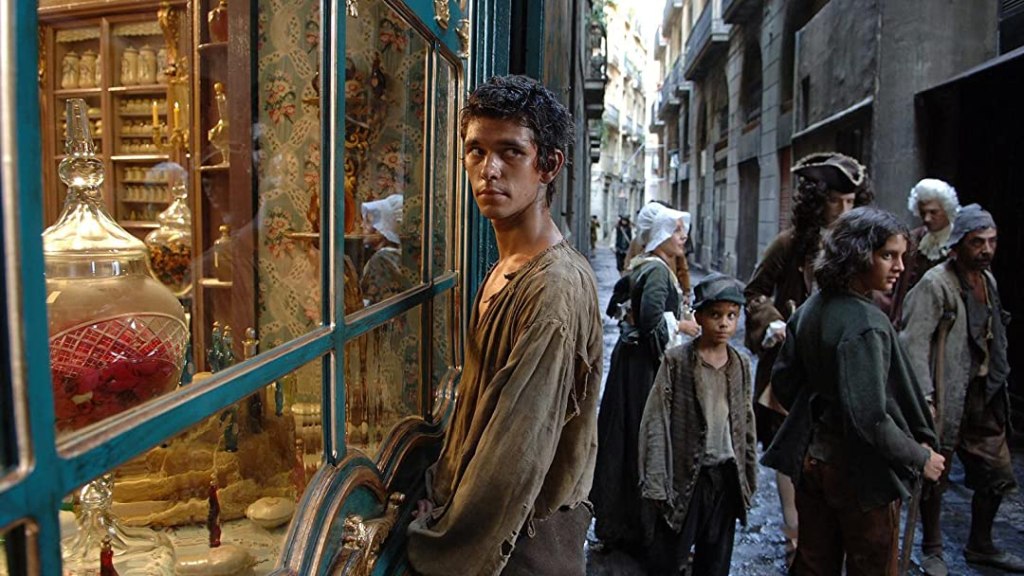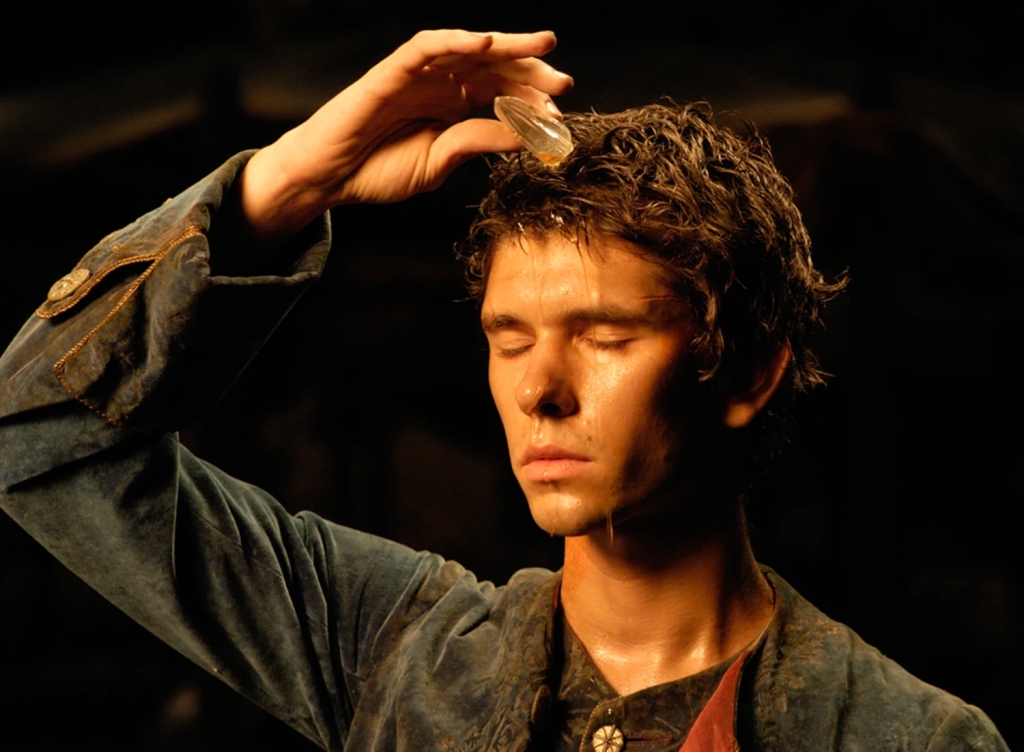
Delving into the intricate layers of human psychology, we embark on an intriguing journey through the film “Perfume: The Story of a Murderer.” Guided by the profound insights of Jacques Lacan, we navigate the complex interplay of desires, boundaries, and the enigmatic concept of jouissance—unleashed pleasures that challenge societal norms.
Lacan’s intricate framework, encompassing the imaginary, symbolic, and real registers, provides us with a unique lens to decipher the intricate fabric of human experience. Within this rich tapestry, desire emerges as the driving force that propels us toward meaning and fulfillment. Imagine desire as a compass, guiding us through the labyrinth of societal norms, steering us toward harmonious living. However, as the film unfolds, we encounter the unsettling concept of jouissance, where boundaries blur, and the pervert dares to defy societal constraints.
Picture this: a pervert, driven by insatiable desires, boldly steps beyond the realm of accepted behavior. This deviation can evoke shock and horror, as seen in the disturbing instances portrayed in the film. Yet, their precarious existence teeters between self-gratification and societal pressures, leading to the abyss of self-harm or even suicide. Here, the courts intervene, weaving boundaries and structure into their lives, striving to guide them onto a less disruptive path.
But let’s distinguish between perverse acts and the intricate architecture of perverse structures. While some private acts might hint at perversion, diagnosing a perverse structure signifies a profound misalignment, resisting change. This intricate dance between individual inclinations and societal intervention becomes a delicate artistry of balance.
Within the labyrinth of perversion, desire often surrenders to jouissance, pushing limits to the brink. As the film’s protagonist, Jean-Babtiste, takes center stage, his obsession propels him into a world of transgressions. Ignoring consent and societal norms, he emerges as the embodiment of the pervert—unapologetically disavowing laws, consequences be damned.
Here, the neurotic enters the stage, grappling with mortality and weaving fantasies to escape its clutches. Imagine a realm where reality blends with imagination, where lovers’ presence remains unwavering, safeguarded against loss. In contrast, the pervert, untethered by societal norms, charts a darker path. Jean-Babtiste, orphaned and isolated, becomes an unsettling figure, driven by obsession to unthinkable extremes.
As the narrative deepens, doubt and existential questioning come to the forefront. The neurotic searches for meaning, often shifting between pursuits in a quest for satisfaction. Yet, this elusive contentment remains just out of reach, overshadowed by chronic dissatisfaction. In this intricate dance between unconscious fantasies and real-life endeavors, the neurotic often finds himself trapped.
Symbolic castration emerges, paradoxically fueling the neurotic’s desires by invoking a sense of loss. In stark contrast, the pervert’s actions trample not just societal norms but the sanctity of human life itself. Extreme cases of domestic violence and perverse structures underscore the tragic aftermath of unchecked jouissance.
As the film crescendos, a sensory symphony unfolds, encapsulated within a perfume bottle. Social norms shatter, paving the way for a chaotic orgy that defies restraint. Victims’ families and bystanders bear witness, their horror a stark metaphor for the fragility of societal constraints.
Humans, shaped by unconscious limits and socialization, coexist harmoniously within society’s fabric. Yet, the pervert, unbound by these constraints, descends into self-destruction. The wheel of justice eventually catches up, ushering them into rehabilitation, curbing their insatiable pursuit.
Amid this psychological labyrinth, the protagonist’s journey leads him to a chilling revelation—he lacks a soul, a scent encapsulating his essence. In this stark contrast between neurosis and perversion, desire and self-destruction, we uncover the depths of human psychology.
“Perfume: The Story of a Murderer” serves as a canvas for our exploration—a haunting reminder of the fragility of societal constraints and the labyrinthine pathways of human desire. Through psychoanalytic lenses, we delve into the intricate dance of yearning, transgression, and limits, unearthing the complex landscape of the human psyche.

